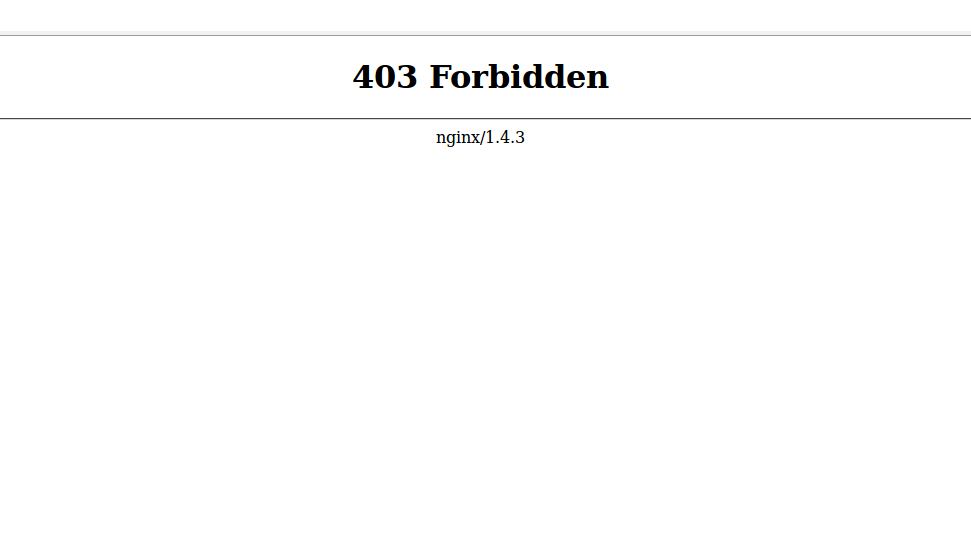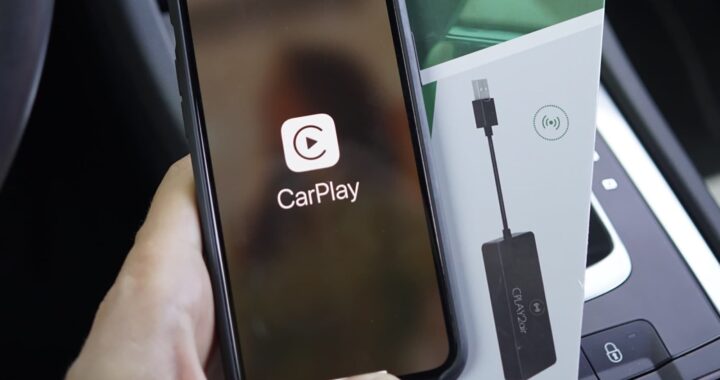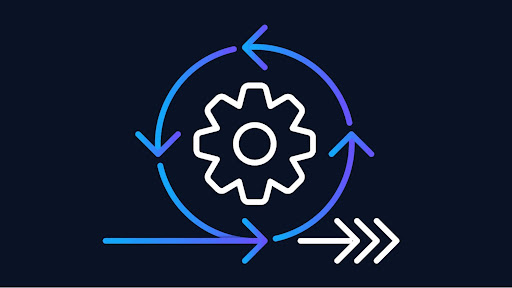Why I am Seeing 403 Error? How to Fix 403 Forbidden Error?

You can get the ‘403 error’ while trying to access a website that is not active currently due to some reason. This error is basically a status code of ‘HTTP’ or ‘HyperText Transfer Protocol’. This problem is also faced if the WordPress website that you have built is not configured correctly. Here, you will get both the general and WordPress specific solutions to solve this issue.
Various Ways of this Problem Appears:
There are many ways ‘403 Forbidden error’ can appear on the browser when you attempt to access a website that is inactive. Here, you will get all the different forms of this error.
- “Forbidden: You don’t have permission to access (pathname of the server) on this server”.
- “Forbidden”
- “HTTP 403”
- “Error 403”
- “403 Forbidden”
- “HTTP Error 403 – Forbidden”
- “Error 403 – Forbidden”
- “HTTP Error 403.14 – Forbidden”
- “Access Denied You don’t have permission to access”
All the different forms of this error provided above show up as the normal webpage on the web browser.
What are the Reasons for the HTTP 403 Error?
There can be various reasons why this error can occur after all.
- If the cached data of the website have any error or if it is corrupt, then you can get this problem.
- When the cookies of a certain website are corrupted, next, you can also encounter this issue.
- If the address of the website that you are trying to access has some typing mistake, even then you can face this issue.
- Whenever the file ‘.htaccess’ gets corrupted somehow, then also you may face this problem.
- Due to some problems with the WordPress extensions ‘403 Forbidden error’ may appear.
- When permissions for all the files of the website are not given, even then this glitch may appear.
How to Rectify the 403 Error?
Here you will get plenty of methods that will help you to get rid of this error in an easy way.
General Ways
There will be general solutions here that will fix the ‘HTTP 403 Error’.
Delete the Cache and Cookies of the Browser
If the cookies and data within the cache memory of the web browser get corrupted somehow, then this error can show up. The correct solution to rectify this problem is to delete all the data within the cache memory and the cookies of the browser. Here, you get steps to clear the cookies and the cache memory of the Google Chrome browser.
- First, launch the Google Chrome browser from the Desktop.
- After that, go to the upper-right corner of the window and then tap on the ‘three vertical dots’. This will open a drop-down menu with a list of various options.
- Among the options present on the list, locate and click on the one that says ‘Settings’. As soon as you do that, then a new page with the title ‘Settings’ will appear.
- Inside that page, go to the bottom and tap on the ‘Advanced’ button. This will open up a list of all the ‘Advanced’ options.
- Now, go to the ‘Privacy and security’ section and then tap on the ‘Clear browsing data’ option. When you click on that option, next, a new dialog box within the browser will appear having the name ‘Clear browsing data’ will come up.
- Within that dialog box, click on the ‘Basic’ tab. Under this tab, go to the ‘Time range’ field and choose the “All Time” option from the drop-down list.
- After that, put a checkmark on the following options ‘Cookies and other site data’, ‘Browsing history’ and ‘Cached images and files’.
- At last, click on the ‘Clear data’ button, to remove all the cookies and cache data of the Chrome browser.
Check the Address of the Website
You can encounter the 403 error if the address of the certain website that you are trying to visit is incorrectly typed or if the extension is wrong. In order to get rid of this problem what you can do is check the address of the website for any kind of mistakes and retype the URL. Next, press ‘Enter’ key to visit that website and see if you can access it or not. In order to know the right URL path of a website, always search for it on Google and then try to access the page from there.
Reload the Website
Due to issues with the network sometimes it is possible for you to encounter this problem. The easiest solution to fix this problem is to perform a refresh of the website. To refresh or reload the website what you can do is locate a ‘curved arrow’ placed beside the address bar and tap on it. There is also another way to refresh a website which is by pressing the ‘F5’ key.
Check Again Later
Sometimes the ‘HTTP 403 Error’ can come up if some new features are added or maintenance work is going on the specific website that you are visiting. The right answer to resolve this problem is to wait until the work within the website gets over. So, do check the site at regular intervals.
ISP Block
If you visit a certain website and then encounter this glitch, then it can be also due to the fact that your ISP or Internet Service Provider is intentionally blocking the page. Now, if your ISP blocks a specific website, then ask for the reason why it doing it.
WordPress Specific Methods
You will get methods here that will help to fix the ‘403 Error’ specifically for the WordPress website.
Provide correct file permissions for WordPress Website
A website is made with various files. All those files have permissions, which allows certain people to access them whenever they need to. Thus it acts as a security for your website.
However, if the permissions to the files are set wrongfully then there is a chance for you get this error. The correct answer to rectify this problem is to provide the right file permissions for your website. In order to do that, follow the steps below.
- Connect to the WordPress webpage with a ‘File Transfer Protocol’ client.
- After that, go to the main directory of the website, where all the WordPress files are present.
- Next, locate a file or folder whose permission you want to alter and right-click on the same. Then, from the popup menu that appears choose the ‘File Permissions’ option.
- As soon as you click on that option, then the FTP Client will show the file permissions for the chosen folder having the name ‘Change file attributes’
- Every file and folder of the WordPress website will be permission between 644 or 640 and 744 or 755 respectively.
- Do set file permission 744 or 755 for the root directory.
- Now, put a checkmark on the ‘Recurse into subdirectories’ option.
- Then, choose the ‘apply to directories only’ option. Next, click on the ‘OK’ button.
- For all the files set the permission to 644 or 640 then repeat the seventh step and select the ‘apply to files only’ option.
- Finally, choose the OK’ button and see if this error still appears or not.
Deactivate the extensions of the WordPress
If the WordPress extensions have got corrupted or are not working properly due to some reason, then you may face this problem. The best answer to get rid of this error is to disable all the extensions of the WordPress website. In order to do it, follow the steps below.
- First, connect your WordPress website via an FTP client.
- Once the connection to the FTP client is successful, next, locate and click on the ‘wp-content’ directory.
- As soon as you click on that folder, then its content will appear in the section below. Now, from that section, find the ‘plugins’ subfolder and right-click on the same.
- When the popup menu comes up, next, tap on the ‘Rename’ option. You should name this folder as ‘old_plugins’.
- Once the rename process is complete, next, try to access the ‘Dashboard’ of the WordPress website. If you can do so, then rename the ‘old_plugins’ folder to what it was before.
- At last, if you need to activate the plugins of the WordPress website, then do it manually.
Repair the ‘.htaccess’ file
If the file ‘.htaccess’ is corrupted somehow, then due to that reason you can encounter the ‘403 error’. The only solution to correct this problem is to repair the ‘.htaccess’ file. Here you will get the steps on how to do it.
- First, connect your website with the help of ‘cPanel’ file manager.
- After that, go to the root directory of the WordPress website and then find the ‘.htaccess’ file.
- Next, download this file on the computer and then delete it from the server. Now, attempt to access your WordPress website and see if the ‘HTTP error 403’ error comes up or not.
- To generate a new ‘.htaccess’ file, follow the substeps below.
- Login to your WordPress website admin page.
- Next, choose the ‘Settings’ and then ‘Permalinks’. This will open a new page with the heading ‘Permalink Settings’.
- On that page, go to the bottom area and tap on the ‘Save Changes’ button. This action will generate a new ‘.htaccess’ file for the website.
- Finally, once the file ‘.htaccess’ is saved, next do try to access your WordPress website and see if this issue reappears or not.

 Stars-923: Unveiling the Mystical Cosmos
Stars-923: Unveiling the Mystical Cosmos  Buying Guide for Short-Throw 4K Projectors for Gaming
Buying Guide for Short-Throw 4K Projectors for Gaming  5 Best Wireless Apple CarPlay Adapters in 2024
5 Best Wireless Apple CarPlay Adapters in 2024  The Essential Role of Animated Explainer Videos in Tech Documentation
The Essential Role of Animated Explainer Videos in Tech Documentation  How Do You Apply Agile Testing Principles And Practices Across Different Domains And Contexts?
How Do You Apply Agile Testing Principles And Practices Across Different Domains And Contexts?  What Are The Benefits And Challenges Of Using Mock Objects In TDD?
What Are The Benefits And Challenges Of Using Mock Objects In TDD?